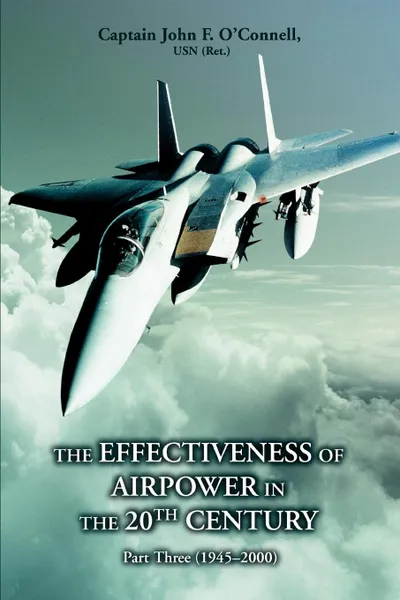The Effectiveness of Airpower in the 20th Century. Part Three (1945 - 2000) 12+
208 страниц
Категория: Научная литература
ISBN: 9780595403530
Язык: Английский
📒 The book reviews the actual effectiveness of military air power in accomplishing desired military and political goals in a number of conflicts following WWII.During the Korean War and the Vietnam War, U.S. air power attempted a re-run of WWII aerial activities. However, in both conflicts, poltical constraints prevented the United States from achieving its desired political results, although the 1972 B-52 strategic bombing campaign against Hanoi worked to bring the North Vietnamese back to the negotiating table.The Falklands/Malvinas War pitted the UK against Argentina in a remote corner of the South Atlantic. Air power allowed a U.K victory, barely.The USSR held air supremacy over Afghanistan but was unable to subdue tough Afghan guerrillas, and was finally forced to withdraw after Stinger missiles were introduced.The Gulf War demonstrated the increasing effectiveness of precision aerial weaponry. The conflict in Kosovo finally produced a result long sought by air power enthusiasts - an end to fighting brought about by air attack alone.
Мнения
